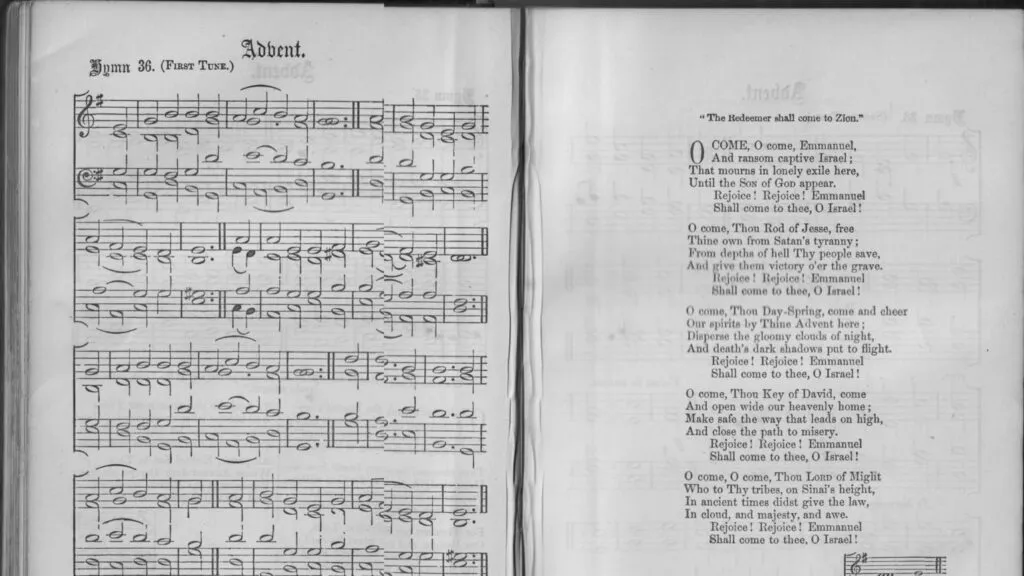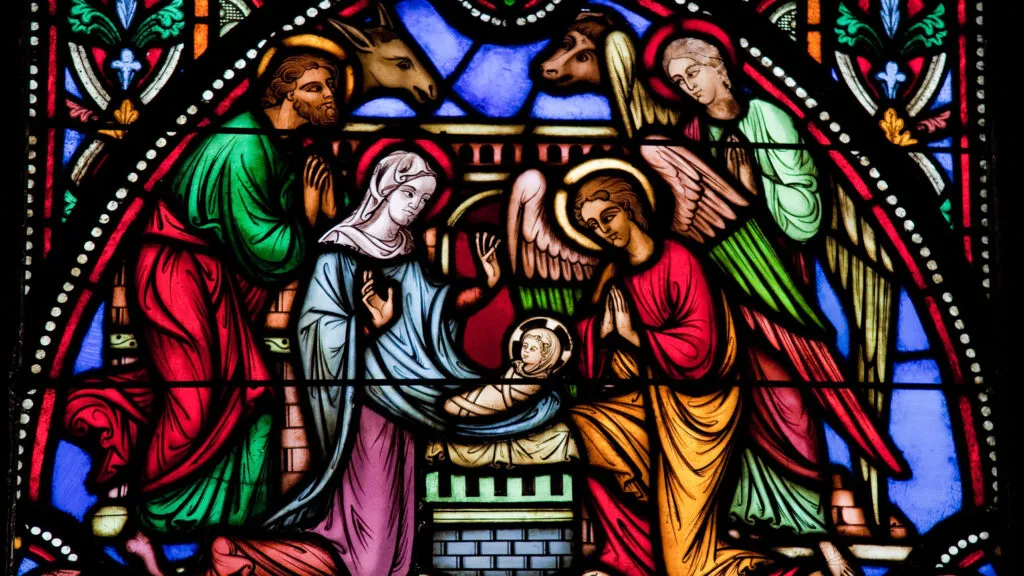As the holiday season approaches, let us also remember the season of Advent. This holy time of year is for prayer, reflection, and spiritual preparation for Christmas Day. Learn more about the origins and meanings of this season with these 10 interesting Advent facts.
1. Advent means “arrival”
The word Advent comes from the Latin word adventus, which means “arrival” or “coming.” It refers to the arrival of Jesus Christ. Learn more about the meaning of Advent.
2. Advent is different from Christmas
For some, Advent and Christmas are synonymous. In fact, Advent has a separate time period and purpose. While Christmas celebrates the birth of Jesus, Advent is considered a time of preparedness for His coming.
3. Advent marks the beginning of the liturgical year
What exactly is the liturgical year? Also called the church year, it is the cycle of days observed by many Christians in commemoration of the life of Jesus Christ.
CHECK OUT: Our Editors’ Favorite Advent Candles and Holders
4. Advent dates are ever changing
Advent begins four Sundays before Christmas Day, therefore its beginning date changes every year, depending on when Christmas falls. This 2022 Advent season begins on Sunday, November 27th (just three days after Thanksgiving). In 2023, Advent will begin on Sunday, December 3rd. In the year 2024, Advent will begin on Sunday, December 1st. Advent always ends on Christmas Eve, December 24th.
5. When did it begin? No one knows!
The truth is, no one knows for certain when the season of Advent started being celebrated. There are many historical theories. Some believe it originated as a period of fasting before Christmas. Others say Advent was a time of preparedness before the feast of Epiphany. Whatever the origins, it is an important spiritual time for people around the world today. Learn more about the history and facts of Advent.
6. There are Advent hymns and carols

7. Advent has various symbols

8. Advent has 4 themes
Each Sunday of the Advent season focuses on one of four themes, or virtues. The themes can be different based on denominations or preferences. The most common themes are hope, peace, joy, and love. Some traditions include lighting a specific candle on the wreath to symbolize each of the four virtues. Learn more about the four themes of Advent.
9. Advent calendars originated in Germany

10. Advent is celebrated around the world
Advent is celebrated in the Roman Catholic, Anglican, Episcopalian, Lutheran, and many Protestant churches. People around the world have their own traditions when it comes to the season. For example, in Ireland a family will place a lit candle in their window. In China, people hang colorful lanterns and give apples as a gift. In Mexico they celebrate Las Posadas, or “The Inns,” in which a child dressed as an angel leads a procession around the town to commemorate the journey of Mary and Joseph.
Do you know other Advent facts? Share them with us!





